What is Issue 1?
Issue 1 is on the ballot this November, raising the question if the practice of gerrymandering should be banned. Gerrymandering is the process by which a selected party in power constructs the borders of each Congressional district. All voters vote to elect representatives of their districts, but if the districts are gerrymandered, then the vote they casted no longer has true meaning. Gerrymandering is meant for political gain in a region, and both major political parties have used the method in the past. Over the past few years, these lines drawn have been fit to the standards of the Republican Party in Ohio, causing disputes between the different parties coexisting in the state. For this election, Republicans have been campaigning on the message to keep the current panel in place, and the Democrats have been campaigning on the message to create a 15-person, citizen-led panel.
Who is currently gerrymandering in Ohio?
Currently, there are 15 Ohio Congressional districts, 10 led by Republican Representatives and five being led by Democrat Representatives, making it so Republicans have a majority say in the way the state runs its government.
Both parties claim they are for the ending of gerrymandering, but it is the way in which they want to end the system that differs between the two parties. The current system in place is a 7-person electoral board, consisting of the Ohio Governor, the State Auditor, the Ohio Secretary of State, a representative from the House of Representatives majority and minority and a representative from the majority and minority party in the Ohio Senate. In 2022, the maps drawn up by the panel were rejected seven times by the Ohio Supreme Court, stating the maps were gerrymandered to fit the Republican majority. The Ohio Republican party believes this is a fair process and wish to keep the system as it is. The Ohio Democratic Party is in favor of Issue 1 because they claim the rejected maps show that the current system is not fair.
Yes on Issue 1
The Democratic Party wants to put a system in place that makes the seven-person system a 15-person panel, consisting of five citizens from the Republican Party, five from the Democratic Party, and five Ohio Independents. This would put the districts in the hands of the citizens, and not in the hands of politicians.
“At the end of the day, we as public servants have to get the job done, and that’s not happening,” said Ohio Supreme Court Justice Melody Stewart said at a Democratic fundraiser in Medina, Ohio on Oct. 8.
No on Issue 1
The Republican Party is for the removal of gerrymandering but is still for the current system in place. Since gerrymandering is a process used by both major parties in the United States, the Republicans are for the banning of gerrymandering, so that Democrats will not be able to gerrymander, yet they want the current system in place to stay so that they are able to repeat the process they have been implementing.
“If we do want to make a change, and I am okay with making changes, we should at least make a change that causes the final solution to be accountable to the voters or to the citizens of Ohio,” said Jim Renacci, the head of the Medina County Republican Party, in a phone call with The Bruin. “It should not be something that sets up a complete new bureaucracy and costs the citizens more money.”
The Political Sides of Issue 1
According to the Ohio Office of Budget and Management, the passing of Issue 1 would cost the state of Ohio $5.7 million dollars in its first year due to paying the selected panel, and creating and implementing their maps.
On Tuesday, Oct. 8, the Medina County Democratic Party held a dinner at the Medina Eagles to rally against gerrymandering, as well as give the three Democratic Ohio Supreme Court Justice candidates time to speak on the issues. At this dinner party, Lisa Forbes, Michael Donnelly and Melody Stewart, all running for seats on the Ohio Supreme Court, spoke on the policies they would implement if elected.
“People have said ‘We want fair maps drawn to represent our interests, and not the interests of politicians,’” Democratic Ohio Supreme Court Justice Melody Stewart said.
Stewart is for the introduction of the 15-person multi-partisan panel, wanting the maps for the people to be made by the people. This would allow for the districting to fit the population and overall consensus of the area to rely upon everyday Ohioans, instead of political representatives.
Lisa Forbes, one of the three Democratic candidates running for the Ohio Supreme Court has a definite opinion on gerrymandering. Forbes disagrees with the current process of gerrymandering and believes that the ballot language towards Issue 1 is very misleading and dishonest about what it means for Ohio citizens, as it makes the issue appear as if the current system is working and the proposed policy would cost more for the citizens of Ohio.
“The language of the ballot language is inconsistent [to] my understanding,” Forbes said.
The 2024 Ohio ballot states Issue 1 as “creat[ing] an appointed redistricting commission not elected by or subject to removal by the voters of the state.”
The ballot language was certified by the Ballot Board of Ohio, consisting of Ohio Secretary of State Frank LaRose, a Democratic and Republican Ohio Senator, and a Democratic and Republican Ohio House of Representative. This board approved the ballot language with only Republican members support and both Democrats voting against it.


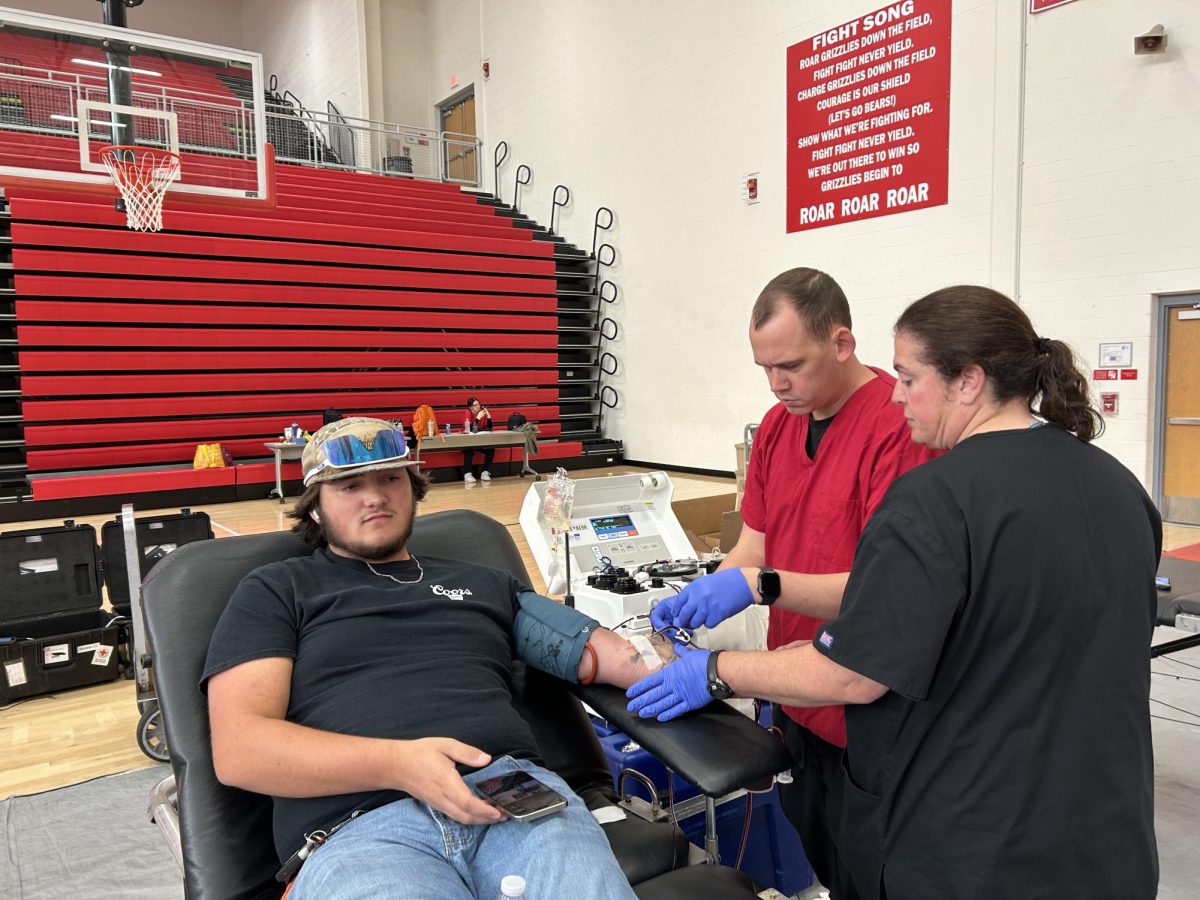
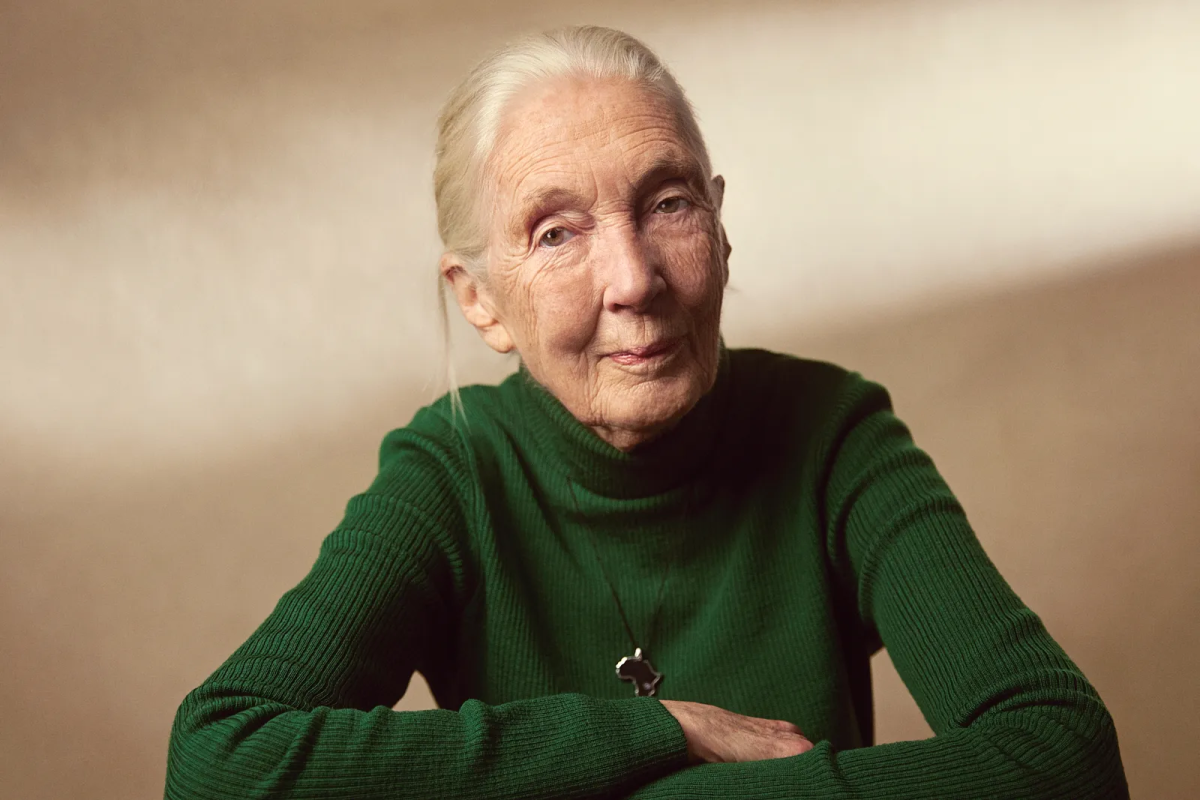
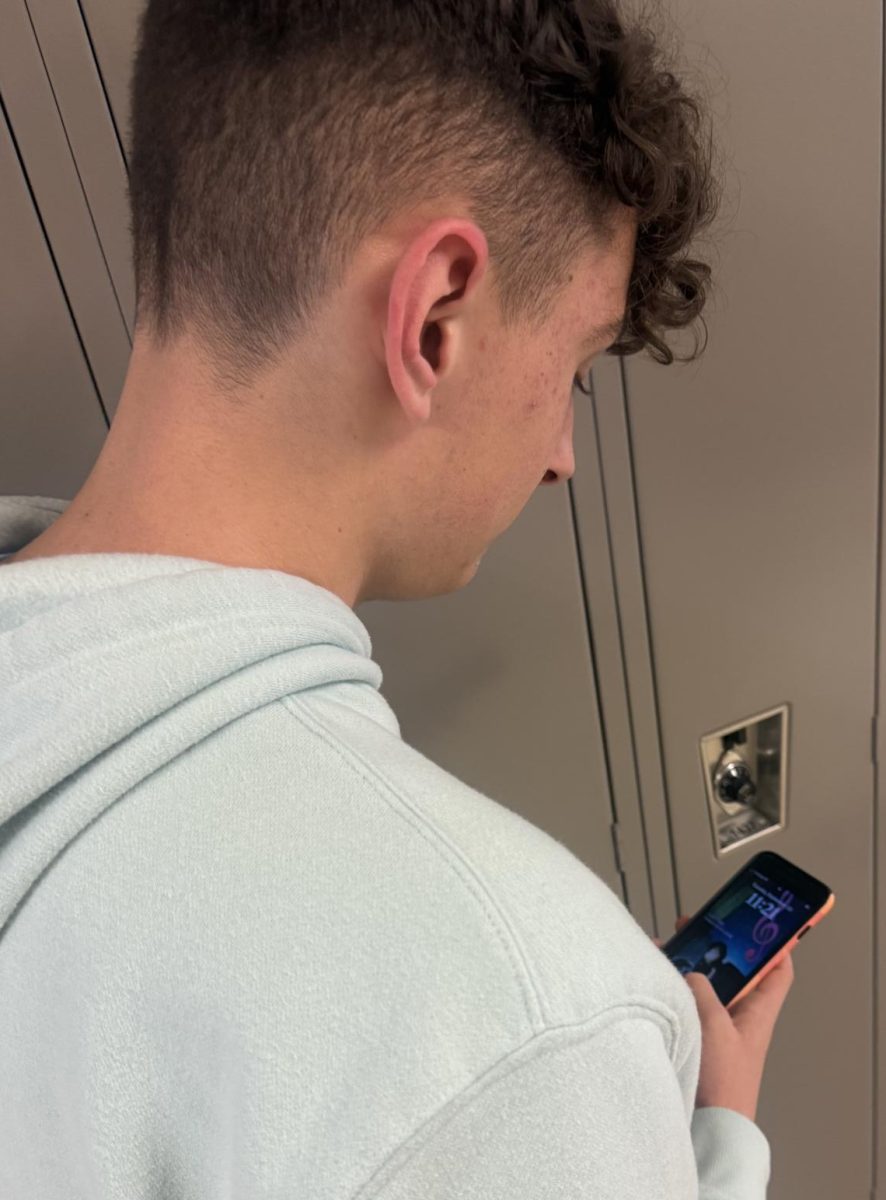






















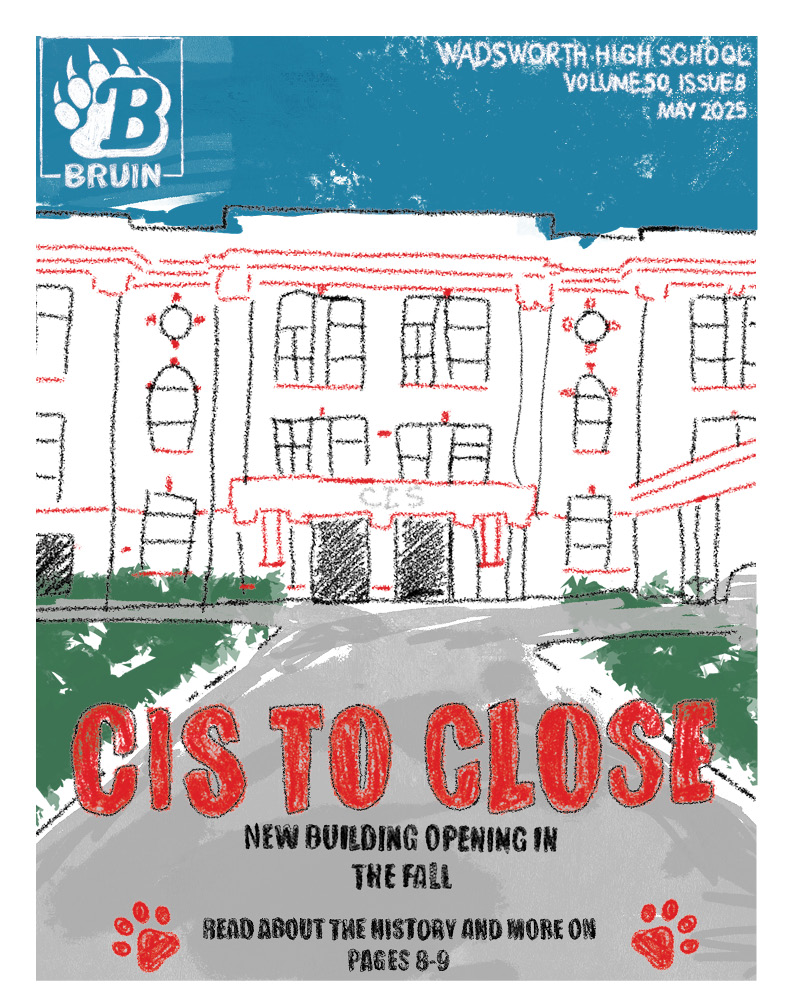




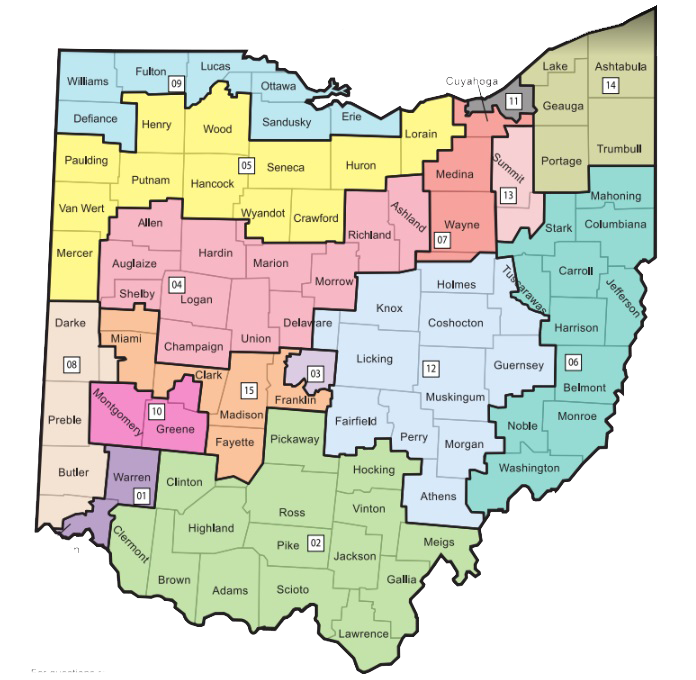



![Wadsworth's Class Of 2025 Walks At Graduation Ceremony [Photo Gallery]](https://wadsworthbruin.com/wp-content/uploads/2025/05/IMG_9018-1-1200x800.jpg)


